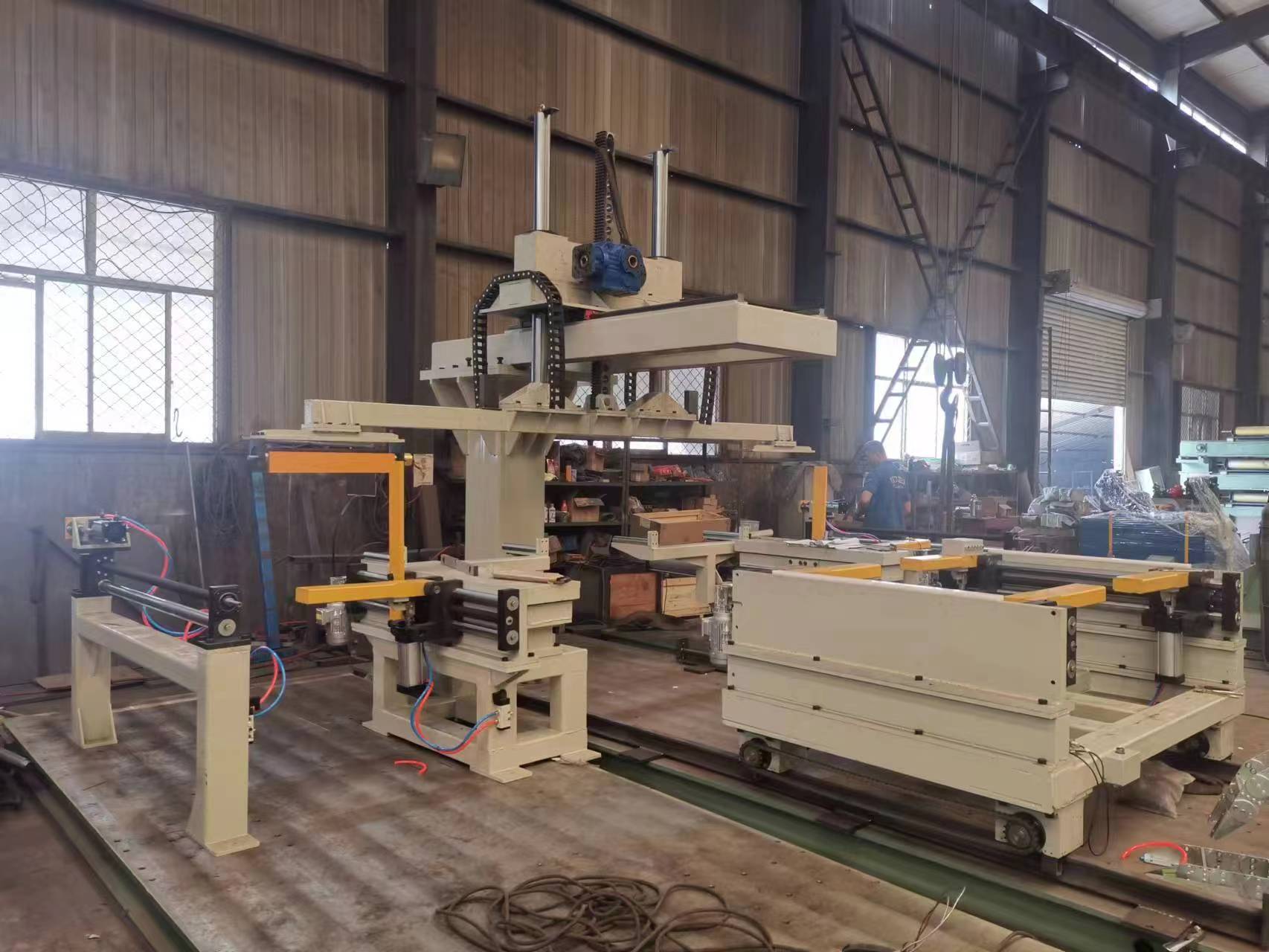
Understanding Coil Metal Cut to Length Lines Key Insights and Benefits
In the manufacturing and metalworking industries, efficiency and precision are paramount. One critical aspect of these sectors is the processing of metal coils, which are commonly used in various applications, including automotive, aerospace, and construction. A crucial piece of equipment that facilitates this process is the coil metal cut to length line. This technology has revolutionized how manufacturers handle metal processing, offering numerous advantages that optimize production workflows.
What is a Coil Metal Cut to Length Line?
A coil metal cut to length line is an automated system designed to take large rolls or coils of metal and cut them into precise lengths as required by the end user. These lines typically consist of several key components, including uncoilers, levelers, shears, and stackers. The uncoiler unwinds the metal coil, the leveler ensures the metal is flat and free of defects, and the shear cuts the metal to the desired length. Finally, the stacker organizes the cut pieces for further processing or shipping.
The Process Explained
The operation begins when a coil of metal is mounted on the uncoiler. As the coil is unwound, the metal strip passes through the leveler, which corrects any bends or distortions, ensuring a flat and uniform surface. Following the leveling process, the metal strip is fed into a shear mechanism, which accurately cuts the metal into predetermined lengths based on specification. This cutting process can be programmed to accommodate various lengths and gauges, depending on customer needs. Once cut, the pieces are automatically stacked or bundled for easy handling and transport.
Advantages of Coil Metal Cut to Length Lines

1. Increased Efficiency Manual cutting processes can be time-consuming and prone to errors. By employing a cut to length line, manufacturers can significantly reduce the time it takes to process raw materials. Automated operations minimize downtime and streamline the workflow, allowing for higher output rates.
2. Precision Cutting Modern cut to length lines are equipped with advanced technology to ensure precision. This accuracy is crucial for industries where tolerances are tight and any deviation can lead to significant complications. The ability to quickly adjust settings for different cut lengths enhances versatility.
3. Material Waste Reduction Efficient cutting systems reduce scrap material, as the cuts are made with precision to match customer requirements. This not only lowers material costs but also promotes sustainability by minimizing waste.
4. Improved Safety Automation in cutting lines reduces the need for manual handling, thereby improving workplace safety. Operators are less likely to be in close proximity to sharp cutting tools, which decreases the risk of accidents.
5. Flexibility A coil metal cut to length line can be configured to handle a variety of metal types, thicknesses, and sizes, providing manufacturers with the flexibility to adapt to changing production demands. This adaptability is essential in today’s fast-paced manufacturing environment.
Conclusion
Coil metal cut to length lines represent a game-changing advancement in metal fabrication. The combination of speed, accuracy, and reduced waste makes these systems indispensable for industries that depend on metal products. As technology continues to evolve, we can expect further enhancements in these processing lines, providing even greater efficiencies and capabilities. For manufacturers looking to optimize their operations, investing in a coil metal cut to length line is a step towards enhancing productivity and staying competitive in an ever-evolving marketplace. By understanding and implementing these systems, businesses can better meet their customers' needs and achieve sustained growth.